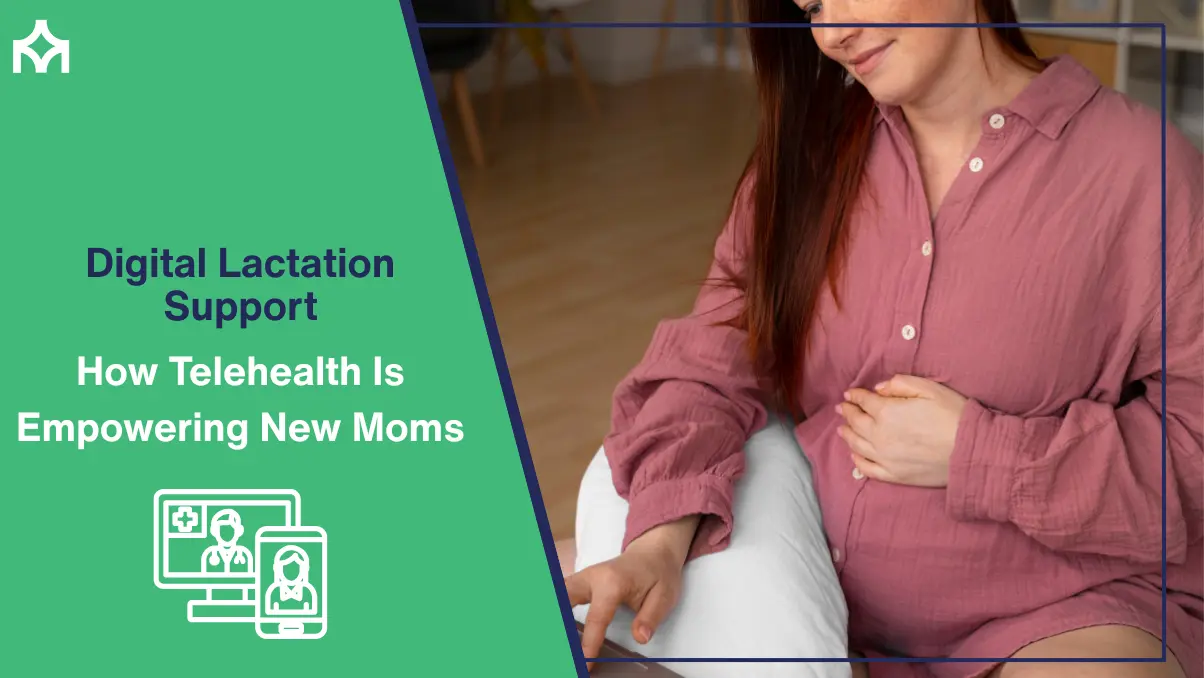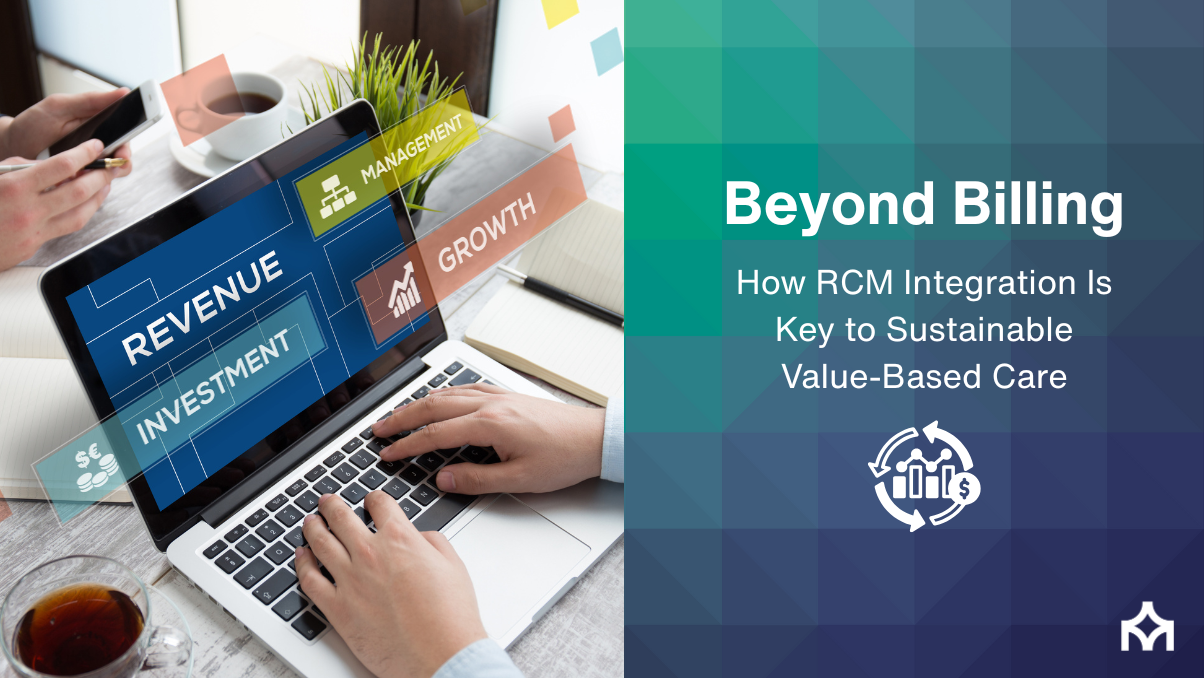Digital Lactation Support: How Telehealth Is Empowering New Moms
Breastfeeding Awareness Month: How Telehealth Supports New Mothers
August is Breastfeeding Awareness Month—a time to honor, inform, and encourage new mothers. While breastfeeding offers unmatched benefits for parent and baby, the first weeks can be stressful: latch challenges, milk-supply concerns, nipple soreness, and questions about feeding frequency.
Historically, solving these issues often required in-person visits with lactation consultants—hard to arrange while recovering from birth, caring for a newborn, or living far from services. Telehealth is changing that, breaking barriers of distance, time, and access so new moms can receive expert help when it matters most.
The Rise of Digital Lactation Care
Telehealth surged during the pandemic, and lactation support followed suit. Many IBCLCs now offer secure video consultations, allowing one-to-one guidance at home—often with baby in arms.
A 2022 study in the Journal of Human Lactation reported that over 80% of mothers using telelactation improved confidence and resolved problems. Research supported by the National Institutes of Health indicates that timely lactation support can increase breastfeeding duration by up to 60% compared with no professional guidance.
How Telehealth Supports New Moms
- On-demand expertise: Same-day or 24/7 appointments for help when challenges arise—especially during late-night feeds.
- Personalized video support: Consultants assess latch and positioning in real time; moms can share logs or photos for review.
- Privacy and comfort: Sensitive questions are easier to ask at home than in a clinic.
- Integrated digital tools: Platforms connect with postpartum apps, wearable pumps, and feeding trackers for a fuller picture.
- Expanded access: Rural and underserved communities gain timely, expert support regardless of location.
Why Digital Lactation Support Matters
Breastfeeding lowers infants’ risks of infections, allergies, and chronic disease, and reduces mothers’ risks of breast and ovarian cancers. Yet early hurdles and limited access to help often shorten breastfeeding duration. Globally, only 44% of newborns are exclusively breastfed for the first six months (WHO). In the U.S., while 84% of mothers start, just 25% are exclusively breastfeeding at six months (CDC).
By making expert help more accessible, timely, and convenient, telehealth empowers mothers to continue breastfeeding in line with WHO guidance for exclusive breastfeeding during the first six months.
Looking Ahead
As care becomes increasingly digital, telelactation is poised to be a standard component of postpartum support. Secure video consults, integrated tools, and round-the-clock access help new mothers build confidence, skills, and momentum in their breastfeeding journey.
Breastfeeding is natural, but it isn’t always easy—technology ensures no mother has to navigate it alone.
Need lactation strategy or digital program design? Contact Modality Global Advisors at hello@modalityglobal.com.






